Scotland has a reputation for dramatic highland landscapes, making it an ideal destination for outdoor lovers. But there are plenty of places in the world with stunning scenery. What sets apart the Speyside Whisky Trail is its long-standing tradition of scotch displayed alongside the remarkable terrain. The Speyside region is home to 50 Scotch malt whisky distilleries, earning it the honor of having the largest concentration of whisky distilleries anywhere in the world. The men and women who operate these distilleries guard generations of knowledge and know-how. History buffs and scotch connoisseurs alike will appreciate the ties the spirit has to Highland culture and folklore. You can walk your way through the region, stopping off frequently to taste scotch along the way.
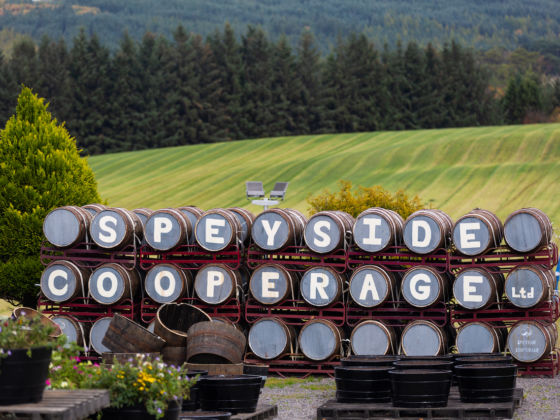

Scotland’s Speyside Whisky Trail Is a Tough Trek With Delicious Perks
But first — understanding the Scotch whisky tradition
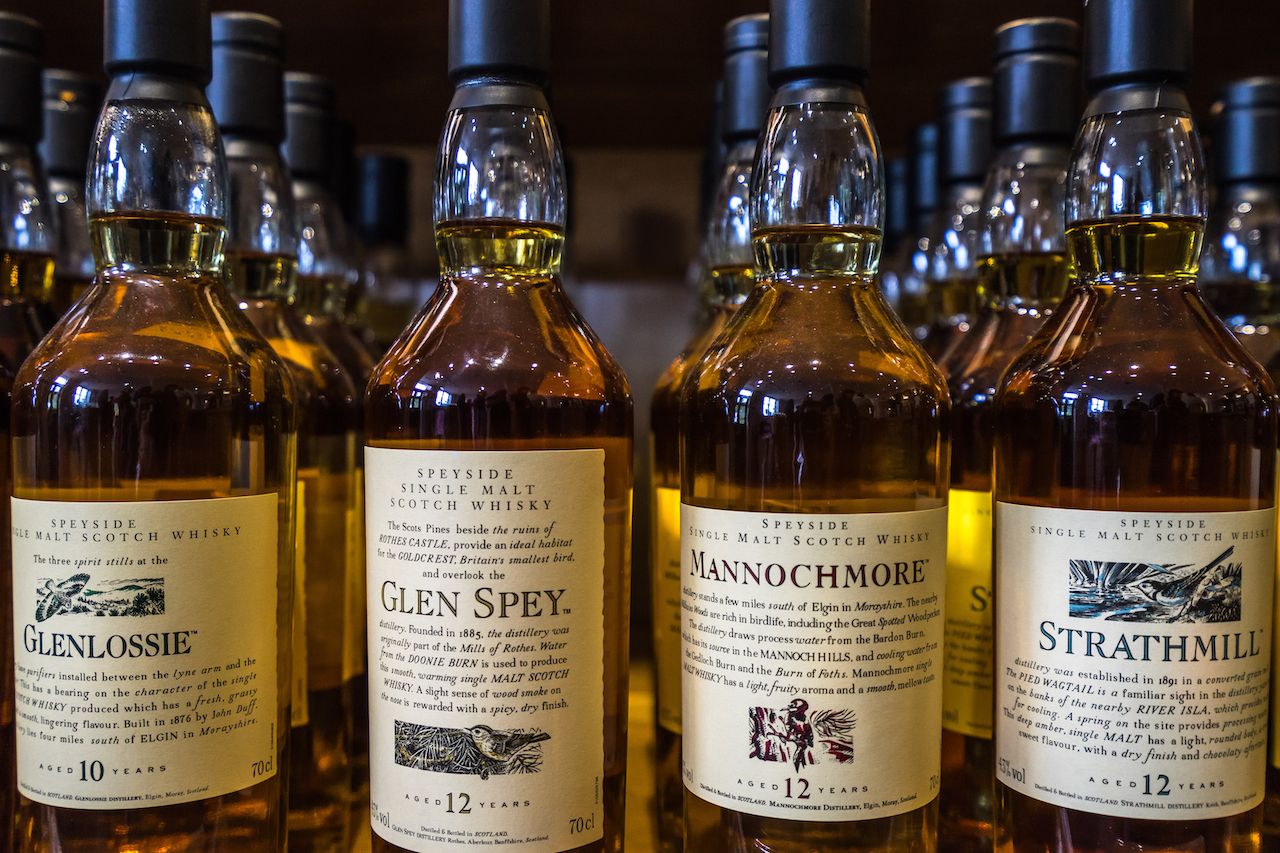
Photo: Francesco Bonino/Shutterstock
The first written records of Scots making whisky go as far back as 1494. The Scottish Whisky Association believes that whisky in Scotland evolved from “uisge beatha,” a Gaelic beverage whose name translates to “water of life.” Some believe that distilling was brought to Scotland by Christian missionaries visiting the Highlands, but others think Highland farmers figured out distillery methods themselves. Traditionally, Scotch whisky is made using essentially two ingredients: water and malted barley. Malting is a germination process where the barley produces sugar. After this process is complete, the barley is taken to distilleries, where it is fermented using yeast in oak casks (barrels) for a minimum of three years. The result of this process is what the world refers to as scotch.
When to go, what to pack, and what you need to prepare for
Scotland has unforgiving weather and a moody climate. That’s why spring and summer are the best seasons for a visit to the region. Most site locations are open from April through October, though the weather might not be fantastic on either end of that time frame. Even during the warmer seasons, Speyside can be breezy. Hikers should dress in layers, avoiding cotton in case of rain. Good hiking boots are essential for the varied terrain and make the often muddy bits of the trail less of a hazard. Scotland’s weather likes to change her mind, so gloves, hats, and sunglasses are all good ideas.
Cell phone reception along the whisky trail is spotty in parts, so make sure to pack an old-school paper map, just in case. It also doesn’t hurt to pack a basic first-aid kit with bandages and such. Bring cash with you for smaller purchases (#trailsnacks) and to save you time trying to find one of the few cash points available in the towns that dot the trail. Bringing dogs with you on the trail is made difficult since most distilleries don’t allow animals and neither do nearby accommodation options, most of which are locally owned bed and breakfasts.
Planning your whisky trail route

Photo: Lillian16/Shutterstock
From tip to tip, the Speyside Way Whisky Trail runs 72 miles from Buckie to Aviemore, though many shorter options are available if you’re more of a sipper than a walker. The trail itself is a combination of railway lines, rolling hills, thick forests, and coastline. There are parts of the track that are suitable for almost any fitness level, but it’s a more enjoyable journey for those who live an active lifestyle and don’t mind a hill or two. For the full trek, you’ll need to be in good hiking shape.
It’s important to note that the hiking trail doesn’t directly lead to each stop on the official Malt Whisky Trail, though each whisky highlight located in the region is accessible from the towns along the way. Hiking tours come in a variety of manners. Macs Adventure operates a self-guided tour, starting at $845, which includes lodging and printed maps but leaves you to the trail with just your crew for six days. Hillwalk Tours has options for beginner, intermediate, and advanced hikers that range in length from 10 miles per day to nearly 20, with options built around tasting and others for walking. Its 8-Day Challenging Hike covers the entire tour in a manner similar to what is broken down here.
The number of stops along the trail you make is dependent on the amount of time you can dedicate to the hike and the kind of terrain you’re willing to cross. Typically, it’s suggested that visitors spend between five to seven days on the trail so that they can taste world-famous whisky and soak in the region’s history. Dedicated hikers may prefer to visit some of the distilleries after completing the trek so as to avoid straying off-course, and because some require a vehicle or public transport to access.
If you are planning on braving the trail sans guide, you’ll need to arrange your own accommodation on each night of your journey and should budget for the cost of transportation to and from the trail, as well as the on-site tours of distilleries along the way. Those opting to book a guide will have bed-and-breakfast accommodation booked as part of the overall cost of their trail tour.
For the purpose of this article, the full length of the trail is covered.
Day 1 on the Speyside Way Whisky Trail — Buckie to Fochabers
Distance: 11.1 miles
Elevation gain: 131 feet
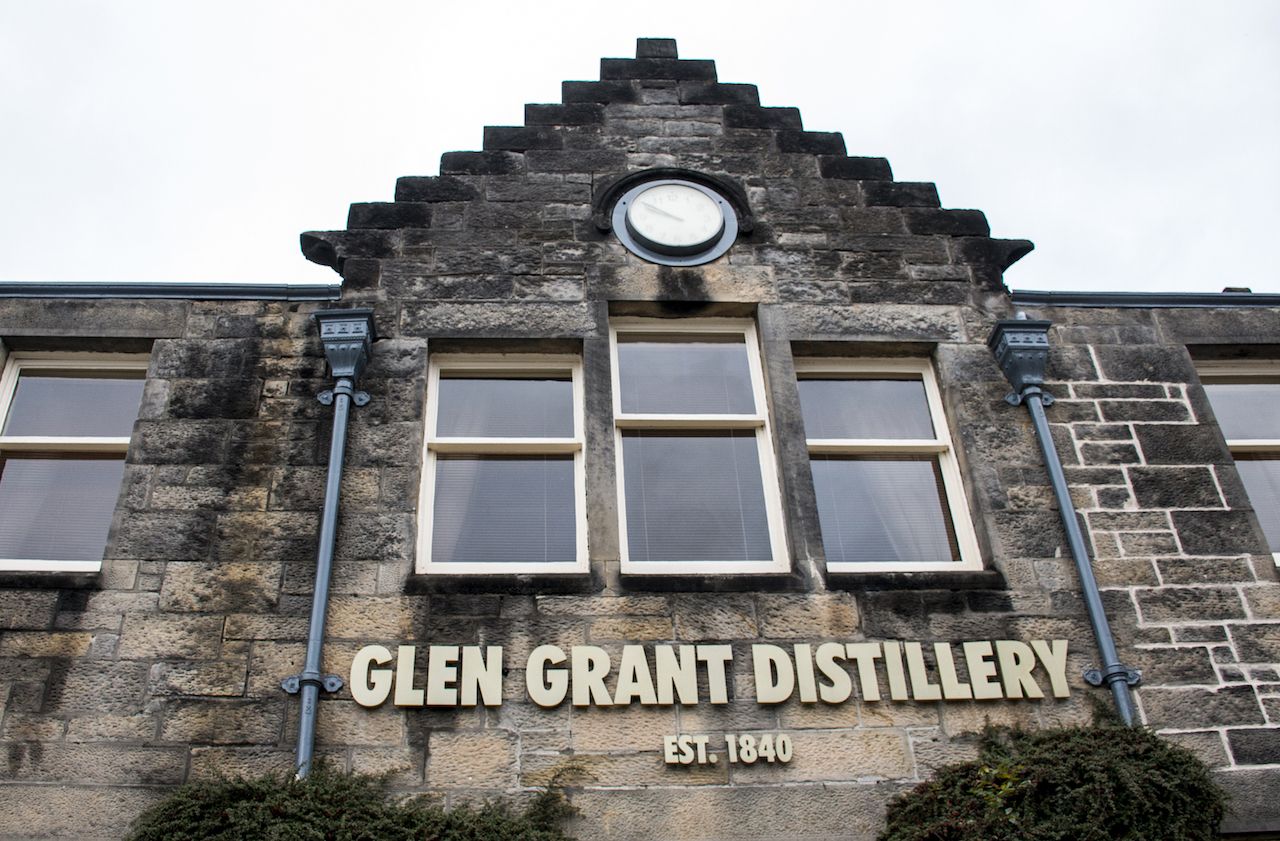
Photo: CL-Medien/Shutterstock
Most hikers start in Buckie, a coastal town northeast of Inverness, though you can also start on the other side in Aviemore. Determining your start point is really a matter of personal preference. Buckie is at a lower elevation than Aviemore, so walking from Buckie means you take on more incline over time. From here, the trail follows rugged Scottish coastline to the mouth of a river that in turn leads to Fochabers and Rothes. The latter is home to some of the most famous distilleries on the trail including Glen Grant and its Victorian Garden.
Distilleries to visit on and near this stretch:
- Glen Grant’s tour price is a reasonable £7.50 (about $9.75) and includes entry to its private Victorian Garden.
Day 2 — Fochabers to Craigellachie and Dufftown
Distance: 18 miles
Elevation gain: 1,970 feet
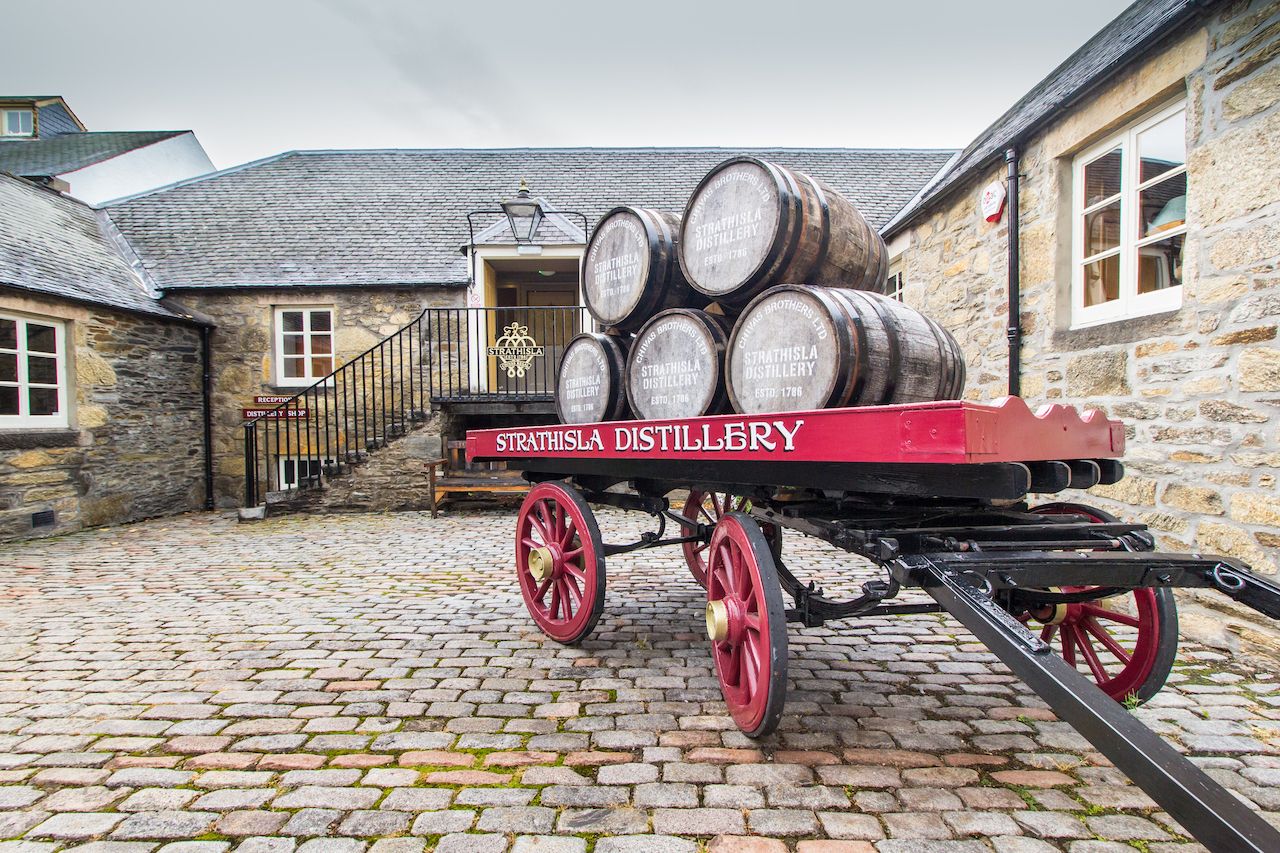
Photo: johnbraid/Shutterstock
Craigellachie, the next town over, is where hikers can pay to visit the Speyside Cooperage facility before making their way to Dufftown Loop. This bit of trail takes hikers past Balvenie Castle to the Glenfiddich distillery, both of which are worth a stop.
Distilleries to visit on and near this stretch:
- As a break from the distillery stops on the trail, Speyside Cooperage is a site where those passing through can see how whisky casks (barrels) are built or repaired using traditional methods. Tours through the cooperage only take 45 minutes and cost £4 ($5) per person.
- The Glenfiddich distillery is owned and operated by the Grant family. The facility boasts the world’s most awarded malt whisky and was the first distillery in the region to offer tours. The stop has four tours for guests to choose from with prices starting from £10 ($13) and reaching £95 ($123).
- Strathisla is the oldest distillery in the Scottish Highlands still in operation. For £15 ($19.50) per person, visitors of the trail get a 75-minute tour that ends with four whisky tastings. If you’re short on time, you can stop in for a tasting experience for £10 ($13).
Day 3 — Dufftown to Aberlour and Ballindalloch
Distance: 15 miles
Elevation gain: 1,050 feet
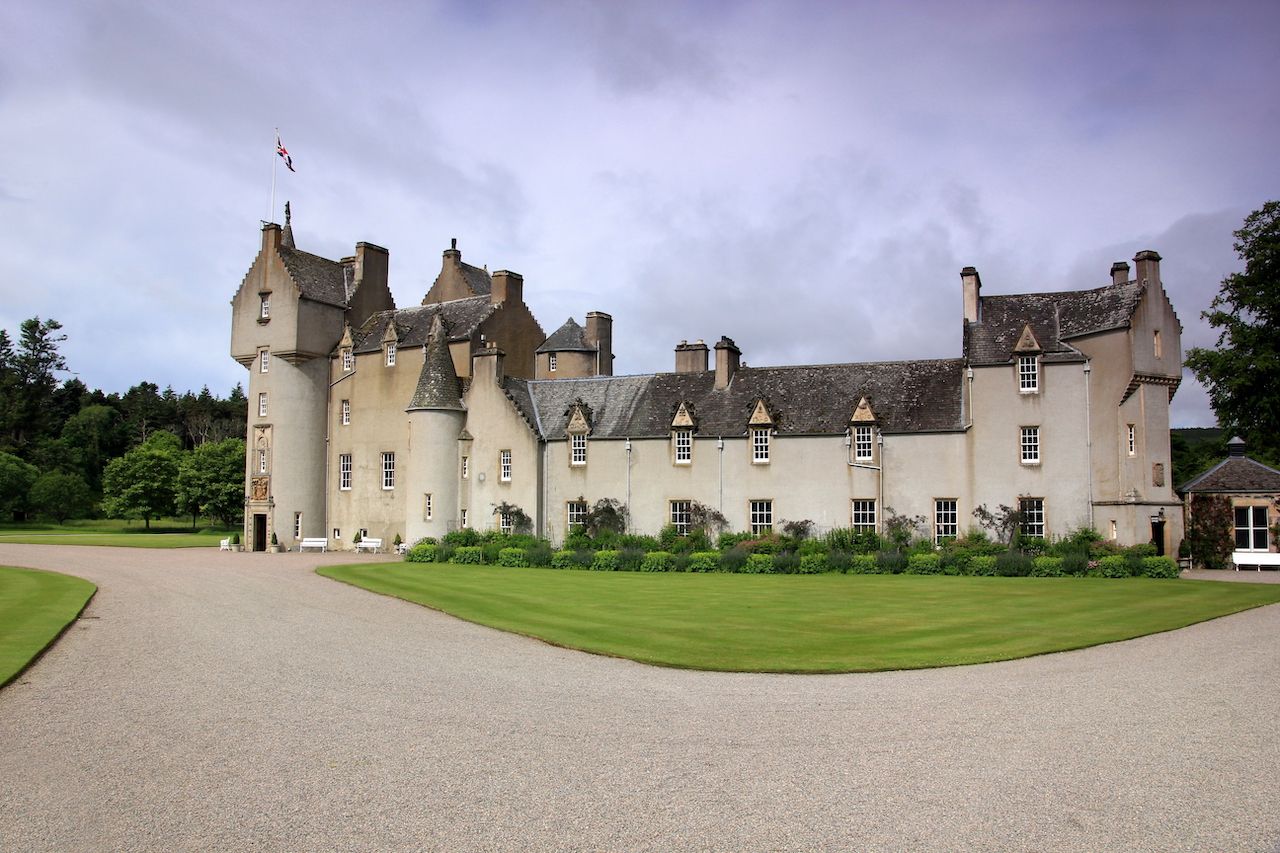
Photo: Pavel Sova/Shutterstock
Day three is a walk through the visible history of Scotland’s railway. You’ll walk along the railway through Aberlour and eventually to Ballindalloch, meandering past rundown depots. You’ll want to grab Walke’s shortbread from Aberlour and keep your eyes peeled for steam trains rolling through the surrounding area. Ballindalloch Castle is one of the highlights in this area. You’ll need a vehicle transfer to visit The Glenlivet distillery. From there, you can hike back to Ballindalloch if you have a half-day to dedicate to it.
Distilleries to visit on and near this stretch:
- Cardhu, located in Knockando, prides itself on being the only distillery in Speyside that was started by a woman. Tours run every hour and cost £8 ($10.40).
- Macallan offers multiple tour options ranging from the general information and tasting to high-end dinners and specialized experiences.
- Glenfarclas charges £7.50 ($9.75) per person to tour and also offers a £40 ($52) Connoisseurs’ Tasting.
- The Glenlivet distillery is one of the most popular of the whisky sites, and thus its price tag is a bit higher than the others at £12.50 ($16.25) per person. The tour lasts 75 minutes and includes three whisky tastings. You can hop on one every 30 minutes. Those who aren’t drinking can grab light snacks or coffee at the distillery’s on-site cafe.
Day 4 — Ballinallock to Grantown-on-Spey
Distance: 15 miles
Elevation gain: 1,820 feet

Photo: Lillian16/Shutterstock
This is considered by many to be the most pleasant stretch of the hike, though it’s still a long day. You’ll walk through the small town of Cromdale and pass through the Anagach Wood into town.
Day 5 — Grantown-on-Spey to Aviemore
Distance: 17 miles
Elevation gain: 660 feet

Photo: R Scott/Shutterstock
This is the final leg of the hike, following the Strathspey Railway. You may find yourself wanting to extend your trip to spend time in Cairngorms National Park after staring at it all day from the trail. Driving from Aviemore back to Buckie takes an hour and a half direct, but to get the rest of the Malt Whisky Trail experience, detour to Forres and visit the following:
- Benromach is the smallest distillery in the region and continues to make its whisky entirely by hand using traditional methods. Tours at Benromach cost £8 ($10.40) and run every half hour. If you’d like to skip the tour, you can book a tasting for £12 ($15.60).
- Dallas Dhu is a distillery that is no longer in operation. Instead, a tour of Dallas Dhu offers visitors a look at the more historic side of whisky production and older technologies and methods.
- Glen Moray has moved in a modern direction to utilize the latest technologies in its whisky production process. Its standard distillery tour, which will only set you back £5 ($6.50), includes two whiskies. If you’re hoping to try more, you’ll have to fork out £20 ($26) to try four whiskies. Don’t worry though, the money is well worth it since the whisky is paired with Scottish chocolate.